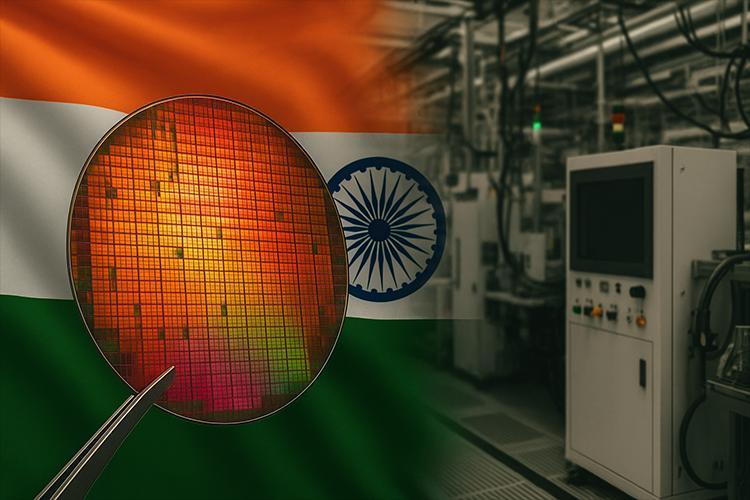India Bets on Semiconductors to Power Its Next Global Tech Leap
India is pushing to become a major force in global semiconductor design and manufacturing, leveraging its deep engineering talent and government incentives to fuel both domestic growth and global competitiveness. Recent reports show that around 20 percent of the world’s chip design engineers are based in India, a figure that has helped place the country as a crucial node in the semiconductor ecosystem. Simultaneously, India’s semiconductor market—valued at roughly US$38 billion in 2024—is projected to expand rapidly, reaching between US$100 and US$110 billion by 2030.
The government has backed this push through the India Semiconductor Mission (ISM), launched in 2021 with a budget of ₹76,000 crore (approximately US$10 billion). ISM is designed to attract fabrication plants, build design capacity, foster display and packaging facilities, and provide support for startups in chip design. Under ISM, ₹65,000 crore has been earmarked for chip production, ₹10,000 crore for modernizing the Semiconductor Laboratory in Mohali, and ₹1,000 crore for the design-linked incentive scheme. Nearly all of the ₹65,000 crore subsidy for chip production has already been allocated.
Global firms, including Qualcomm, MediaTek and others, have established large R&D and design centers in India’s technology hubs like Bengaluru, Hyderabad and Noida, tapping into the engineering base and contributing to India’s role in implementation, testing, and optimization phases of chip design. This strategic positioning is expected to strengthen India’s technological self-reliance, particularly as digitalization, AI, smart devices and electronics consumption surge domestically.
Still, challenges are real. India does not yet have widespread large-scale semiconductor fabrication (fabs) operational at leading node geometries; many of the advanced chip-making steps still rely on imported inputs and foreign partnerships. Dependence on global supply chains for specialized materials remains a risk, and attracting investment into capital-intensive fabs involves navigating regulatory, financial, and infrastructure hurdles. Talent retention is another concern: with global demand high, top engineers may be lured abroad unless Indian companies and institutions can offer competitive opportunities.
Despite those challenges, the momentum is clear. India is combining policy incentives, global industrial participation, and education capacity to build up its semiconductor ecosystem. If the projections hold true, by 2030 the country’s market size will have nearly tripled. More importantly, India could emerge not just as a design hub but as an integrated player in semiconductor manufacturing—less dependent on imports and more influential in setting trends in electronics and AI globally.
© 2025 www.cijeurope.com








